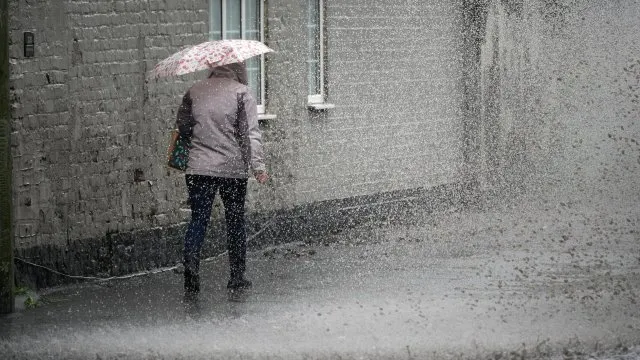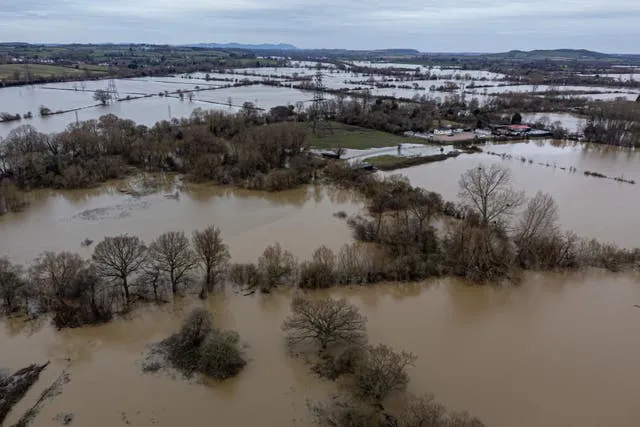Hydrologist Hannah Cloke’s straightforward description of the recent inundation to hit Britain is apt. Her words evoke the image of a festive season gone awry, with homeowners and authorities scrambling to cope with the deluge. The cause of this chaos is obvious – a succession of violent storms this autumn and winter, each one leaving Britain a sopping wet sponge, as Cloke puts it. Then came Storm Henk, its intense rainfall having nowhere to go except into the rivers, which burst their banks spectacularly across the country. The aftermath has seen over 1,000 homes in England flooded, with some villages cut off, Nottinghamshire, Shropshire, Gloucestershire, and Wiltshire bearing the brunt of the devastation.
The records confirm the severity of this winter’s storms. The period between July and December 2023 has been declared the wettest on record for the UK, according to figures from the UK Centre for Ecology and Hydrology. So, what’s driving this unprecedented deluge? Climate change, a simple yet effective explanation, is warming the atmosphere, allowing it to hold more moisture. When this rain-laden air does finally release its burden, the result is heavier rainfall, more prone to causing flooding. Winters in the UK, particularly, are expected to become warmer and wetter, necessitating measures to mitigate this increased risk of flooding.

Another factor contributing to the severity of these floods is human activity. As Christian Dunn of Bangor University highlights, natural wetlands, such as marshes, bogs, and fens, played a crucial role in regulating the flow of rainwater. However, these vital ecosystems have been extensively drained, built upon, or destroyed. The loss of these natural flood defences has left the nation vulnerable to the whims of the weather. We need to manage and conserve existing wetlands while creating new ones to provide a safety net against the increasing threat of flooding.
Looking ahead, the outlook is less than optimistic. As meteorologists warn, continued human-induced climate change will lead to even more severe flooding and disruptions to daily life. To soften the blow, infrastructure planners must adapt and build resilience into their designs, acknowledging the new normal of climate change. As Kevin Collins of the Open University emphasizes, this means less reliance on traditional approaches and more focus on mitigating systemic risks to our communities and economy.
Lastly, Trevor Hoey, professor of river science at Brunel University London, draws a pertinent parallel with the national response to Covid-19. It is to be hoped that the government is heeding the lessons learned from this crisis, recognizing the importance of preparedness and risk management in the face of a changing climate.

